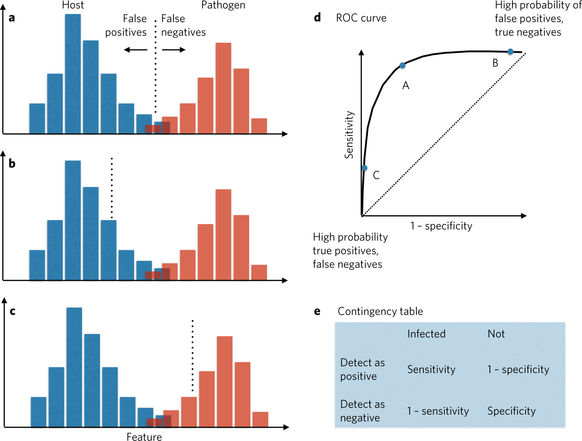

When estimating only these two parameters, the SDT model has been quite popular (a Google Scholar search for papers published in the last 10 years with keywords ‘signal detection theory’ and ‘psychology’ yielded more than 20,000 results). To translate the latent familiarity scores into the dichotomous decision, the model assumes there is a threshold, λ, and if the familiarity is lower than that threshold people classify the stimulus as noise while if the familiarity is higher than the threshold people will classify the stimulus as signal. The latent scores are drawn from a signal normal distribution or a noise normal distribution and d ′ represents the difference in means of these distributions. To estimate these two parameters, the model assumes that both the signal (i.e., ‘old’ words) and the noise (i.e., ‘new’ words) stimuli can be placed on a latent continuous scale of familiarity. Figure 1 illustrates how the SDT model uses hit and false alarm rates to identify the strength of the signal, d ′, in this task and the threshold, λ, that is set to make one or the other decision. For each word on the test list, participants are asked to decide whether the word was from the study list (i.e., ‘old’), or not (i.e., ‘new’). Following a retention interval, participants are presented with another (i.e., the test list, containing words from the study list and new words). The most common experiment in this field first requires that participants study a list of words (i.e., the study list). SDT is a popular model for the analysis of experiments in recognition memory. Signal detection theory (SDT Tanner & Swets, 1954 Green & Swets, 1966) disentangles these aspects of recognition by providing different parameters: (1) the amount of information that is available in the stimulus, and (2) the threshold you set for making one or the other decision.
#Detection theory full
Not only do eatable and poisonous mushrooms differ in perceptual similarity-it is easy to classify a mushroom with a red cap and white spots as poisonous, but difficult to do so for a poisonous mushroom that looks similar to a common white button mushroom-but the amount of risk involved in making the wrong decision can also differ between situations: when you are starving you might decide to eat a suspicious looking mushroom sooner than when you just had a full course meal. When picking mushrooms, it can be hard to distinguish between the mushrooms you can use to top your beautiful saffron risotto, and the mushrooms that will turn your dinner party into the next Jonestown. Most of the times, our ability to recognize a stimulus is accompanied by a certain amount of noise. Although recognizing stimuli is sometimes straightforward, often it is not. We also know that if we want to write something down it is a good idea to use a pen instead of a yoga mat. We know that if we want to drink water it is a good idea to poor it into a cup instead of onto a piece of paper.

Our ability to recognize stimuli allows us to interact smoothly with the world.


 0 kommentar(er)
0 kommentar(er)
